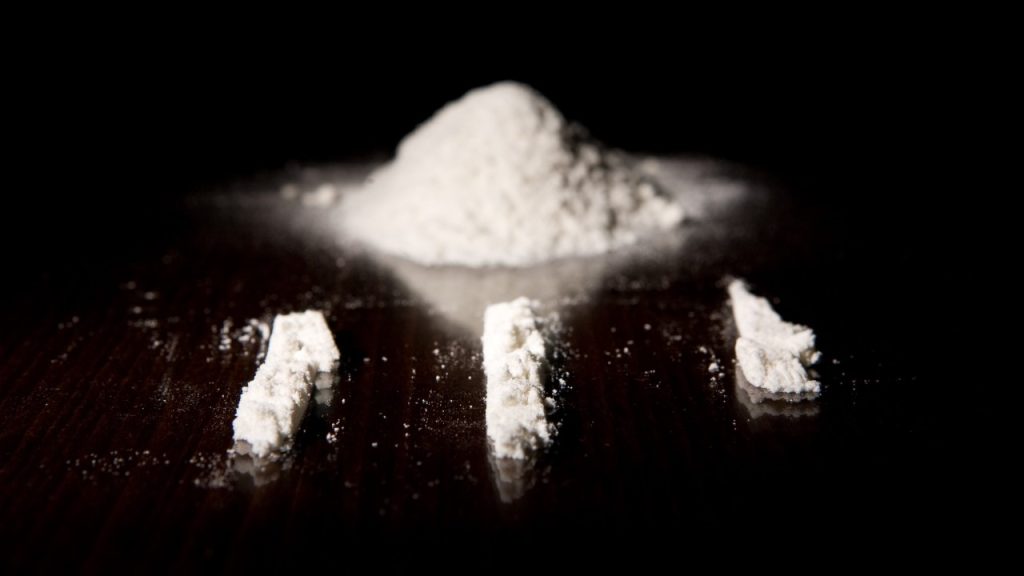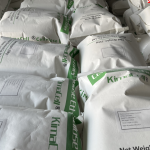Introduction
In modern construction, performance and efficiency are essential. One key additive that significantly enhances the quality of mortar and plaster formulations is Hydroxyethyl MethylCellulose. This high-performance polymer plays a crucial role in improving workability, water retention, and adhesion properties in cement-based systems. At KIMA CHEMICAL CO., LTD, we are committed to delivering top-quality Hydroxyethyl Methyl Cellulose tailored for various construction applications.
What is Hydroxyethyl Methyl Cellulose?
Hydroxyethyl Methyl Cellulose (HEMC) is a non-ionic cellulose ether derived from natural polymer cellulose. By chemically modifying cellulose with methyl and hydroxyethyl groups, HEMC gains solubility in water and excellent film-forming and thickening properties. It is widely used in dry mix mortar formulations due to its versatility and compatibility with cement and gypsum-based systems.
Key Properties of Hydroxyethyl Methyl Cellulose
- High water retention capacity
- Excellent thickening effect
- Improved open time
- Good workability
- Enhanced adhesion and cohesion
- Thermal stability in various temperatures
These properties make Hydroxyethyl Methyl Cellulose an indispensable additive for mortar and plaster applications.
Importance of Hydroxyethyl Methyl Cellulose in Mortar Applications
Enhances Water Retention
One of the critical functions of Hydroxyethyl Methyl Cellulose in mortar is to improve water retention. By holding water within the mix, it ensures better hydration of cement particles. This leads to stronger and more durable mortar.
Improves Workability
Workability is crucial for ease of application. With Hydroxyethyl Methyl Cellulose, the mix achieves the right consistency, reducing sagging and allowing for smooth application on vertical surfaces.
Boosts Adhesion
Adhesion is vital, especially in tile adhesives and wall renders. Hydroxyethyl Methyl Cellulose strengthens the bonding between the substrate and the applied layer, reducing the risk of detachment or cracking.
Increases Open Time
In hot or dry climates, premature drying can be a problem. Hydroxyethyl Methyl Cellulose extends the open time, giving applicators more flexibility and reducing material waste.
Role of Hydroxyethyl Methyl Cellulose in Plaster Applications
Better Application and Spreadability
Hydroxyethyl Methyl Cellulose ensures even spread and a smoother finish. It provides excellent rheology control, which allows the plaster to flow better without segregation or bleeding.
Crack Resistance
By regulating moisture distribution and shrinkage, Hydroxyethyl Methyl Cellulose helps reduce cracking in plastered surfaces, ensuring a long-lasting, uniform finish.
Compatibility with Additives
Hydroxyethyl Methyl Cellulose is compatible with various additives, pigments, and fillers. This flexibility makes it a preferred choice in gypsum plasters and decorative finishing plasters.
Comparison with Other Cellulose Ethers
Though other cellulose ethers like Hydroxypropyl Methyl Cellulose (HPMC) are commonly used, Hydroxyethyl Methyl Cellulose offers specific advantages:
- Better tolerance to alkaline environments
- Enhanced thickening efficiency at lower dosages
- More suitable for high-temperature applications
- Improved compatibility with hydraulic binders
These features make Hydroxyethyl Methyl Cellulose an ideal choice for high-performance plaster and mortar products.
Application Areas for Hydroxyethyl Methyl Cellulose
Tile Adhesives
Hydroxyethyl Methyl Cellulose improves slip resistance and bonding strength in tile adhesives, leading to superior application results.
Wall Putty
Used in wall putty, Hydroxyethyl Methyl Cellulose enhances smoothness, workability, and water retention, ensuring a fine finish.
External Insulation Finishing Systems (EIFS)
In EIFS systems, Hydroxyethyl Methyl Cellulose contributes to crack resistance and flexibility, increasing the durability of the final product.
Self-Leveling Compounds
For self-leveling products, Hydroxyethyl Methyl Cellulose optimizes flow and leveling characteristics while preventing segregation.
Skim Coats
Hydroxyethyl Methyl Cellulose enhances smoothness and improves drying time control in skim coat formulations.
Why Choose KIMA CHEMICAL CO., LTD for Hydroxyethyl Methyl Cellulose?
At KIMA CHEMICAL CO., LTD, we offer premium-grade Hydroxyethyl Methyl Cellulose specifically engineered for the construction industry. Our products are:
- Consistent in quality
- Customized for specific application needs
- Backed by technical support and R&D
- Environmentally friendly and sustainable
By partnering with KIMA CHEMICAL CO., LTD, you gain access to high-quality additives that elevate the performance of your building materials.
Conclusion
Hydroxyethyl Methyl Cellulose plays a pivotal role in enhancing the performance and durability of mortar and plaster applications. From improving water retention and workability to increasing adhesion and crack resistance, its benefits are undeniable. With its wide application in construction materials like tile adhesives, wall putty, and EIFS systems, Hydroxyethyl Methyl Cellulose is the additive of choice for professionals seeking reliability and efficiency. Trust KIMA CHEMICAL CO., LTD to provide you with the highest quality Hydroxyethyl Methyl Cellulose tailored to your specific needs.


